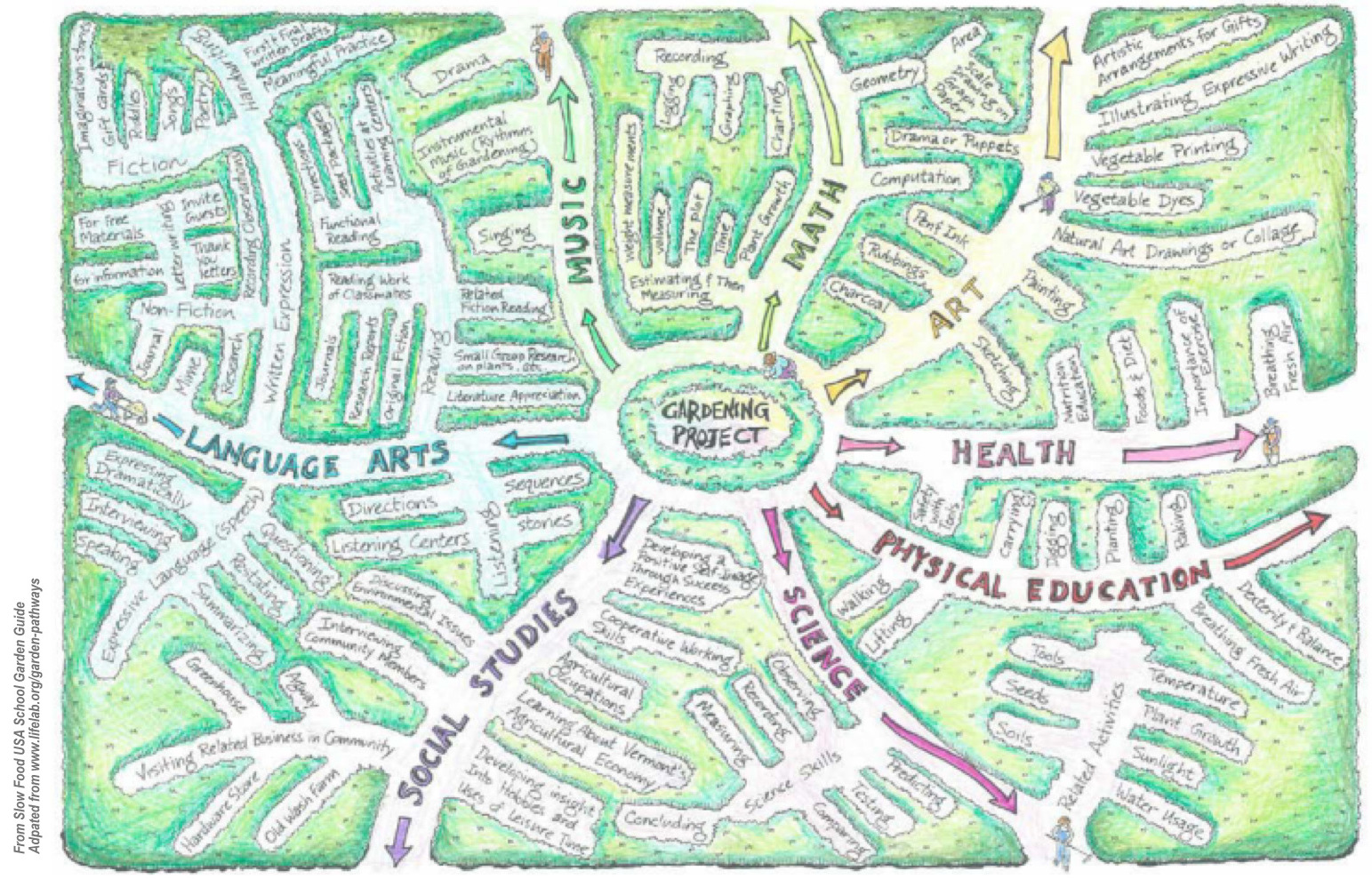School gardens are a powerhouse for education.
This is beautifully demonstrated in the Gardening Project Map, which lays out 101 ways to connect learning to the garden, whether it’s through: Math, Art, Health, Physical Education, Science, Social Studies, Music, and/or Language Arts.
The map was originally published in 1982 in Life Lab’s The Growing Classroom, and was then reproduced in colour in 2013 by Slow Food USA’s School Garden Guide.
On Life Lab’s website, you’ll also find a School Garden Resource page, which includes summaries on the value of garden-based learning, information on starting a school garden, curriculum and online lessons, design resources and more.
While Life Lab is based out of the U.S., schools across North America and beyond are growing curriculum-links in the gardens.
You’ll find many inspiring examples of how schools are using gardens on our blog. These stories include students across the country who are spending time at school digging their hands into the soil to grow vegetables, herbs and sprouts in different types of gardens, hydroponic towers, and even jars, buckets and crates. The harvest then leads to further learning opportunities in cooking programs and/or the cafeteria. As demonstrated by the map, these activities have direct ties to math (e.g. to determine plant spacing), science (e.g. learning about organisms, cycles, plant anatomy), social studies (e.g. understanding relationships) and so much more.
Loughborough Public School has highlighted how climate change, reconciliation and hunger can all be addressed in the garden and around the kitchen table. The school has shared on our blog:
“Learning the art and science of gardening allows students to experience the joy of nurturing something that grows. It puts them in touch with the ecosystems that nurture us, body and soul. Students learn how to take what the garden produces to create healthy meals, they help operate a self-sufficient greenhouse and they learn to manage a food program. They learn important financial lessons and life skills. Nothing teaches like experience does.”
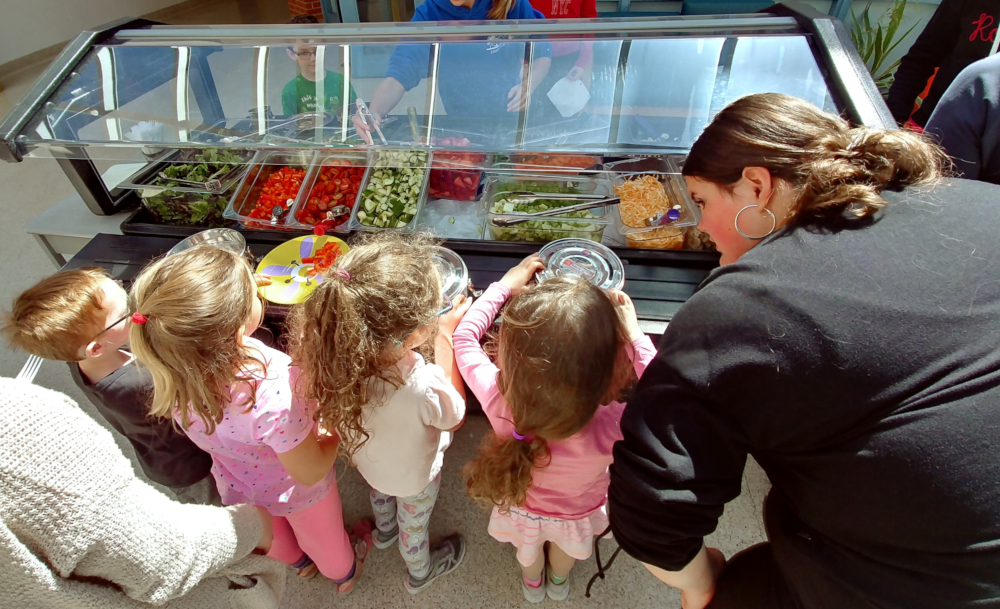
Lord Roberts Elementary School also has a large school garden that serves as a classroom. They have a LunchLAB program that provides students with hands-on, cross-curricular learning around food literacy while preparing healthy local lunches, which includes produce from the garden.
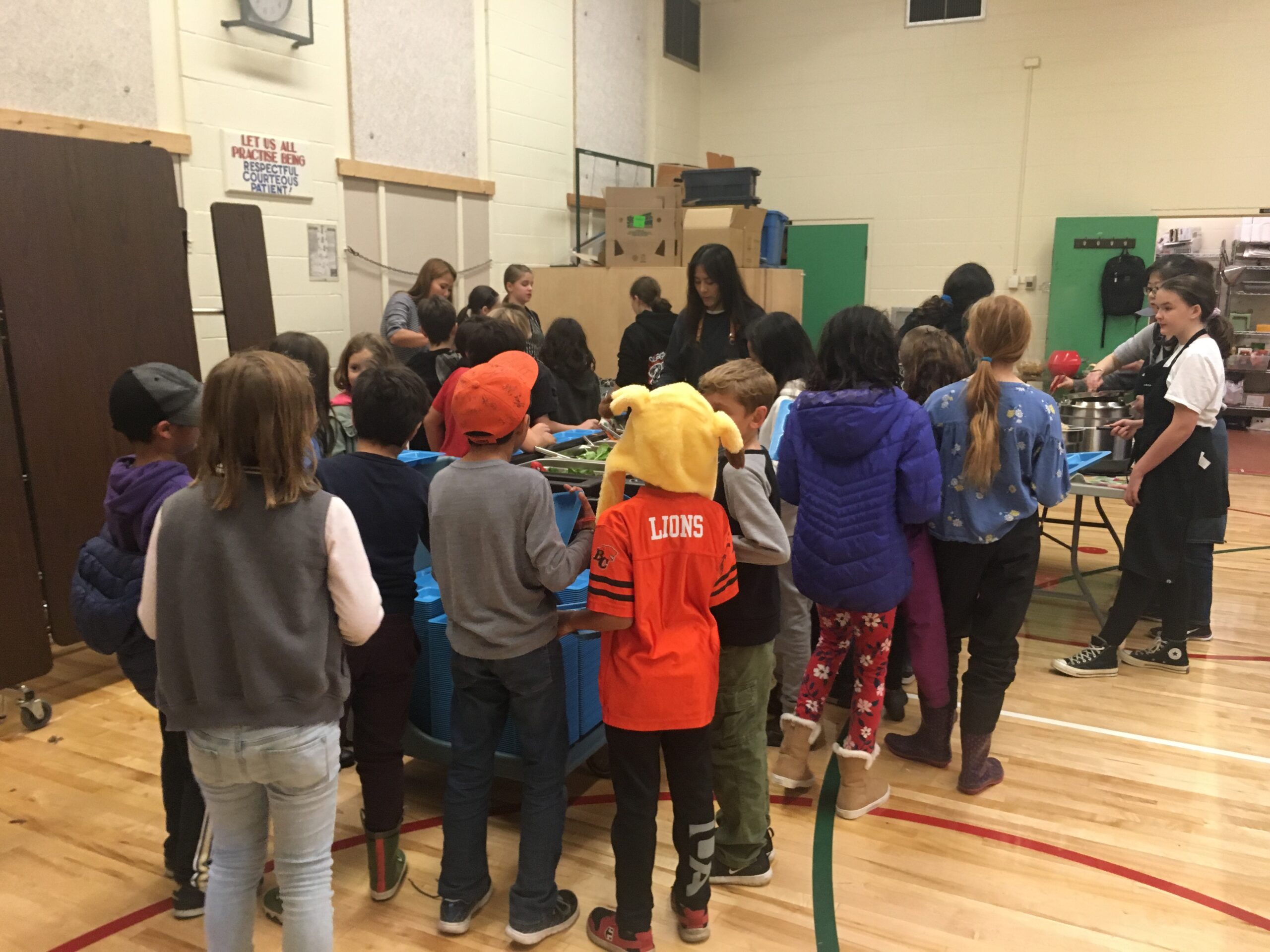
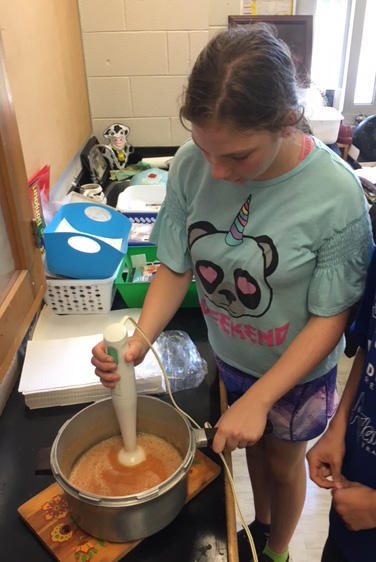
Students that are part of a garden club at Walter E. Harris Public School are growing sprouts during the winter, and after the last frost, are moving indoor seedlings of tomatoes, onions, radishes, squash, cucumbers, peppers, and herbs into their garden beds, with students learning to prep the soil, plant, weed, water and prune.
Marc Garneau Collegiate Institute has pointed out how their school garden supports their greenhouse activities and hospitality program. They had students assemble their hydroponic towers, and have involved students from their Technology and Science departments in some activities as well.
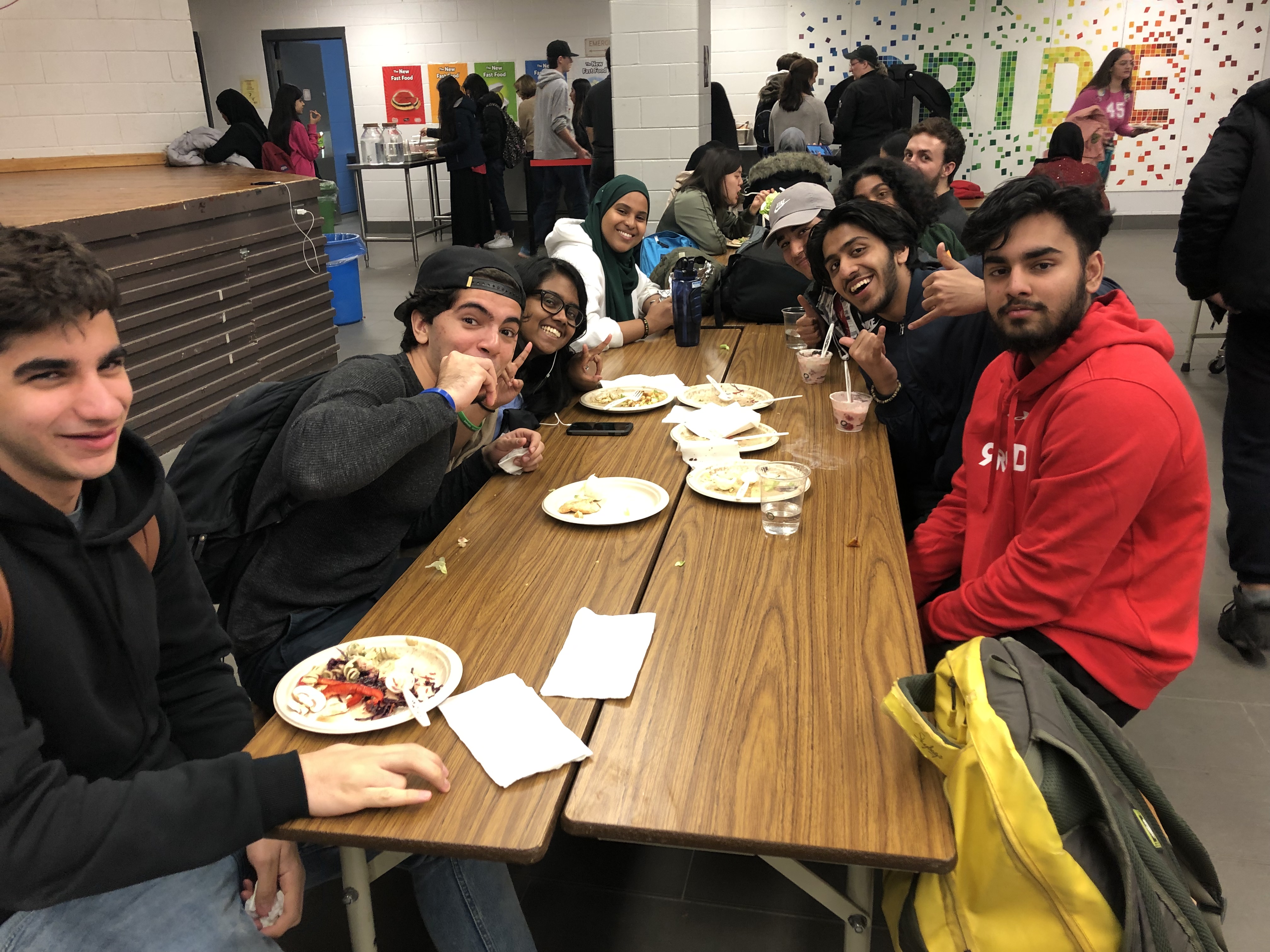
In addition to their tower garden, Geary Elementary School had students growing sprouts in mason jars, so they could test several types of seeds to find out which they preferred, and which would be the most productive and offer the best yields.
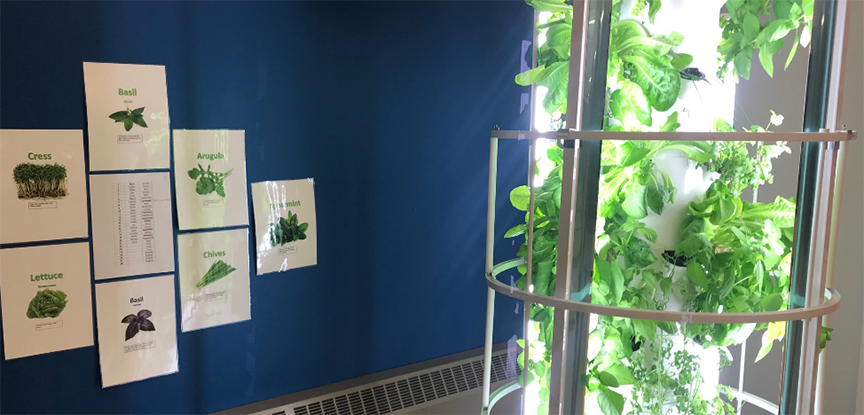
As you can see, all of these students are learning intimately about healthy eating and growing, while gaining numerous skills that come with that knowledge, including critical thinking skills.
Learn more about each of these schools, and many others, on our blog here and the links above.
And if you’re as excited as us about the potential in school gardens to offer vast curriculum links, check out these Canadian resources:
- Imagine a Garden in Every School
- Farm to School BC
- Fresh Roots
- Growing Up Organic
- Ecosource’s Rerooted in Play Activity Guide
- FoodShare’s Educator Resources
- SGSO Network (US)
And check our very own Farm to Cafeteria Canada Farm to School Resource Centre, especially the resources and videos available in the section “How can we integrate a salad bar and other aspects of healthy food into the curriculum?”


